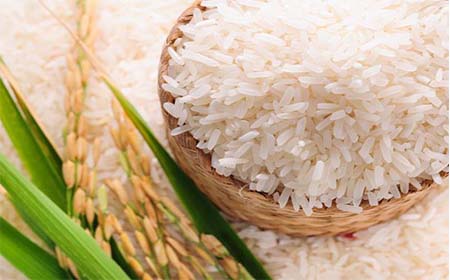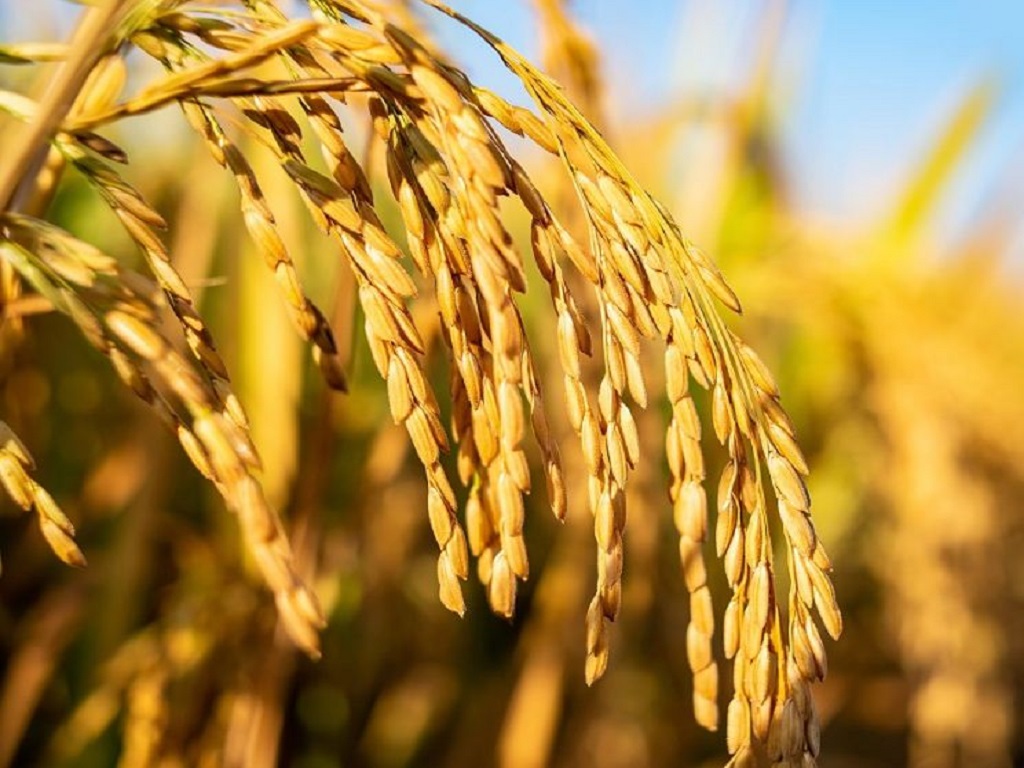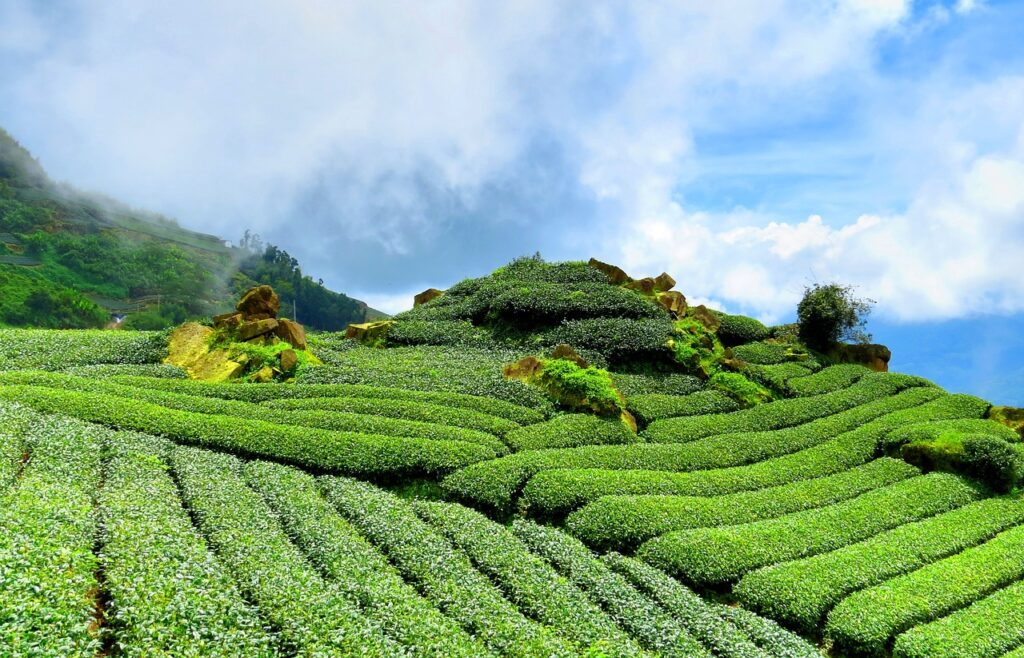Rice: its History & Civilization
Rice is one of the most consumed foods on Earth, a staple in many countries around the world where almost 50% of its population depends on grain for sustenance. Rice has tremendous importance in many cultures worldwide, the indelible result of growing up in an environment where rice is revered.

The history of rice cultivation is an interdisciplinary subject that studies archaeological and documentary evidence to explain how rice was first domesticated and cultivated by humans, its spread to different regions of the planet, and the impact of technological changes on its cultivation over time. The archaeological and linguistic evidence show, that the plant species Oryza sativa, commonly known as Asian rice was first domesticated in the Yangtze River basin in China 13,500 to 8,200 years ago. From that century-old cultivation, migration and trade spread rice around the world – first too much of east Asia, and then further through Europe, and eventually into the American continent. Further, the now less common plant species Oryza glaberrima rice was independently domesticated in West Africa 3,000 to 3,500 years ago. This variety is also commonly known as African Rice. However, in Agriculture, it has widely been replaced by high-yielding Asian rice, and therefore the number of varieties grown is declining. Asian rice (Oryza sativa) is currently the second most-consumed food crop by humans, after wheat (Triticum aestivum), and a major global primary commodity (FAO 2020). But, African rice in comparison to the Asian variety is hardier, pest-resistant, low-labor cost, and suited to the African conditions. It is described as filling, with a distinct nutty flavor. It is also grown for cultural reasons; for instance, it is sacred to followers of Awasena (a traditional African religion) among the Jola people and is a heritage variety in the United States. Now merely 20% of overall rice production in west Africa comprises this African strain and the rest is majorly dominated by Asian strains. In different geographies, such as in America and Asia, other wild rice varieties have also been cultivated.
Since its spread, rice has become a global staple crop important to food security and food cultures around the world. Local varieties of Oryza sativa have resulted in over 40,000 cultivars of various types. Rice since its emergence has been associated with many civilizations. The archaeological evidence suggests that this grain was the basis of India’s ancient civilizations, with signs that rice was being used in the valley of the Ganges River as far back as 6500 BC. It is the single most important staple item in almost all of India’s extremely diverse cuisine cultures, with different words for rice in each of India’s official languages! Rice is repeatedly mentioned in ancient Indian texts, including the Yajur Veda (compiled in the period circa 1800 BC), and is closely associated with fertility and health across India’s many cultural traditions. In the Hindu religion, Rice plays a most sacred role in Puja, normally known as “Akshat”, derived from the Sanskrit word which means “whole”. It is believed that Akshata can attract the vibrations of five prime deities, namely Goddess Durga, Lord Shiva, Lord Ganesha, Lord Shri Krishna, and Sri Rama.
But the varietals used, and the absence of any proper mechanism evidencing the transfer of data suggests that rice cultivation began in the great Asian civilizations in today’s India, China, Thailand, and elsewhere almost autonomously. In the last millennia, some 110,000 varieties of rice were developed in India alone! Out of which many have lost their existence. Still broadly, India has large-scale production of both white rice varietals and brown rice varietals.
Today, rice is the most cultivated grain on the planet. India is not only the second-largest producer of rice in the world, accounting for some 20 percent of global production, but it is also among the largest consumers of this grain, with over 50% of India’s 1.39 billion people depending on rice for sustenance.






